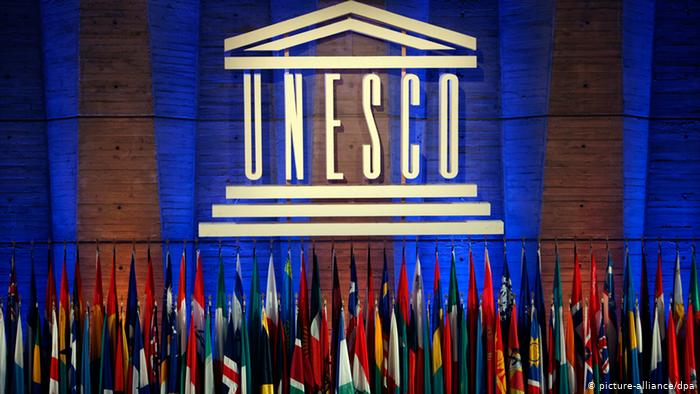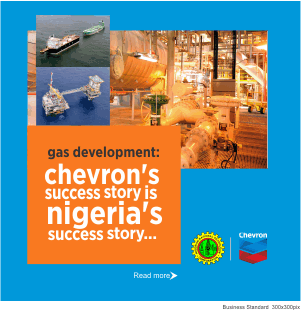UNESCO Director-General Audrey Azoulay will officially launch the report at Lagos Fashion Week in Nigeria. The event will include a roundtable discussion with internationally renowned designers and fashion entrepreneurs from the continent, who will debate the role of African designers as drivers of the fashion ecosystem.
37 out of 54 African countries produce cotton crop. But the continent is not just a major producer of raw materials: it is home to many exceptional traditional know-how and textile techniques some of which are protected by UNESCO. A new generation of exceptional fashion designers is rising, as evidenced by the fact that Africa hosts more than thirty fashion weeks each year.
Africa is also a blossoming economic market, in part thanks to its rapid demographic expansion and growing digital commerce. Today the continent exports US$15.5 billion worth of textiles, clothing and footwear annually, and imports US$23.1 billion worth of these products.
UNESCO’s report “The African fashion sector: Trends, challenges & opportunities for growth” provides the first comprehensive overview of textiles production, accessories and fine crafts, garments and high fashion in Africa.
It explains how the sector can stimulate job creation, women’s empowerment, and economic diversification on the continent. It also sets out concrete recommendations on how African governments can ensure the sustainable growth of African fashion and textiles, support new creative talent and traditional textiles producers, and encourage ethical manufacturing and design.
UNESCO is committed to supporting creative industries in Africa
The Organization’s commitment to fostering a dynamic creative economy in Africa aligns with the principles set out in the UNESCO Convention on the Protection and Promotion of the Diversity of Cultural Expressions. It has led to a series of reports on the strategic importance of cultural and creative industries in Africa, starting with a report on African Cinema published in 2021, The African film Industry: trends, challenges and opportunities for growth.









